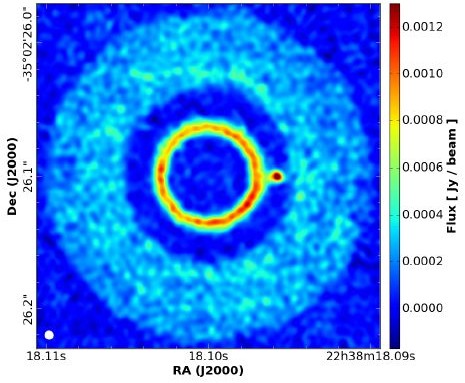Astrophysical Topic
Planet-formation
How are our Solar System and other planetary systems form is still an unsolved problem in astrophysics. Although there are a few theoretical models, and we believe we understand the big steps of the process, there are still dark patches of this knowledge to follow the formation of the initial planetary seeds up to a fully fledged planet. We study the planet formation process in our Solar System and elsewhere from the development of the initial planetary building blocks up until the planets finished growing. We use various numerical techniques and codes to understand what are the planet-formation timescales, why & how we get out different types of planets at the end of the formation process, and what type of planetary systems can exist out there. We are interested in compositions, and predict how often we can get habitable planets out of the process.
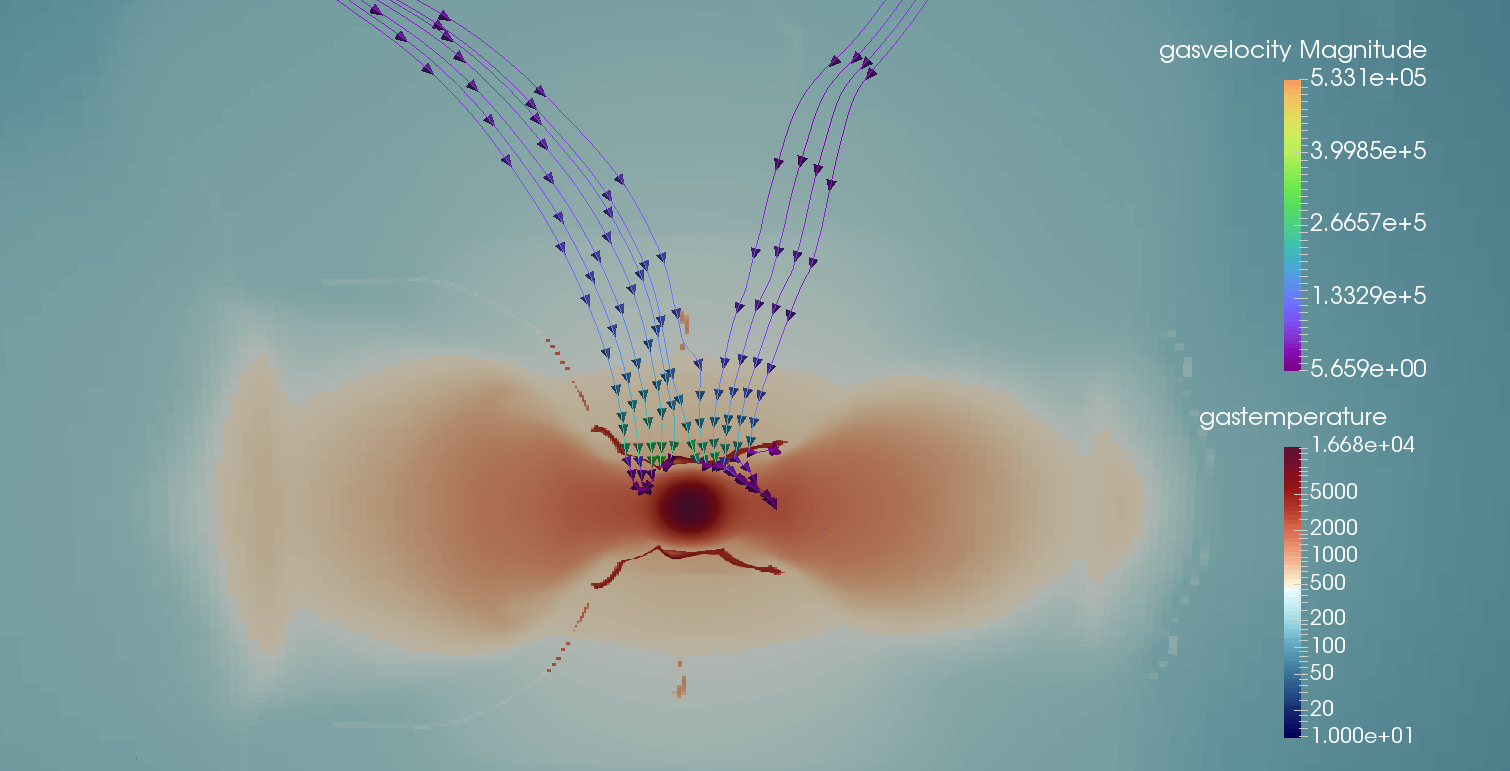
Moon-formation
Many planets in our Solar System surrounded by moons. In the outer Solar System, all gas giant and ice giant planet harbor a moon-system. These moons were likely formed within gaseous disks surrounding these planets during planet formation. Our group is using various techniques to study how the moons were forming around Solar System planets and what kind of moons could have developed around extrasolar planets. Moons in the Solar System are often rich in water-ice, therefore some of them (e.g. Europa and Enceladus) are exciting targets to search for extraterrestrial life. Understanding how potentially habitable moons can form is therefore a special interest for our community.
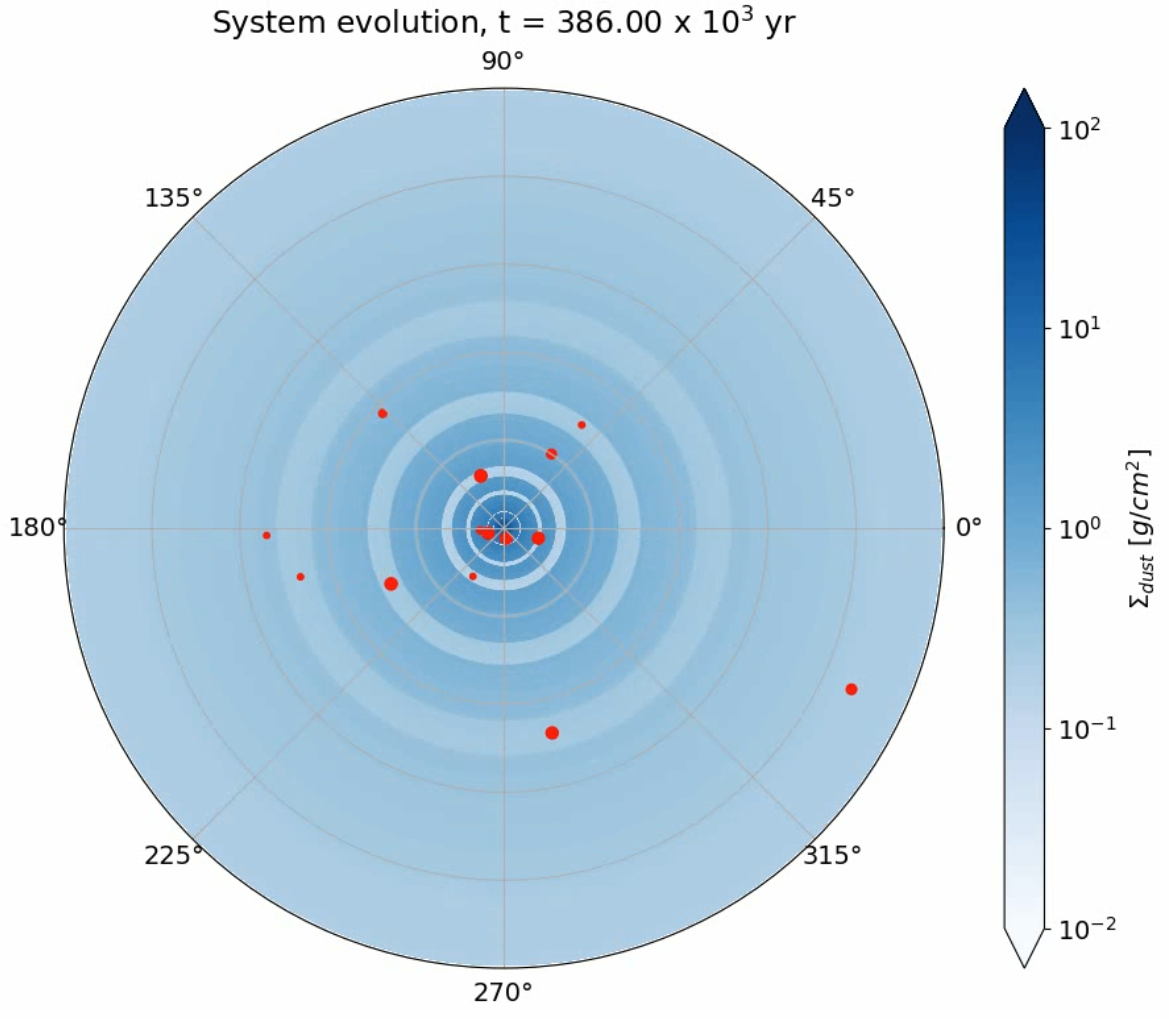
Disks around stars
While stars are in their infancy, they are surrounded by a disk of gases and solid particles. This disk is called circumstellar disk (or protoplanetary disk), where the planets will form later on. This disk material is also channeled to the star, as the star is still in its formation phase. We run computer simulations of these disks to understand its properties and evolution, which is key to understand the later stages of star formation and the early stages of planet formation. Moreover, the instabilities developing these disks are the key to understand how the initial seeds for planets are forming. We have detailed observational data available from telescopes about these disks, which help as constraint our computer simulations.
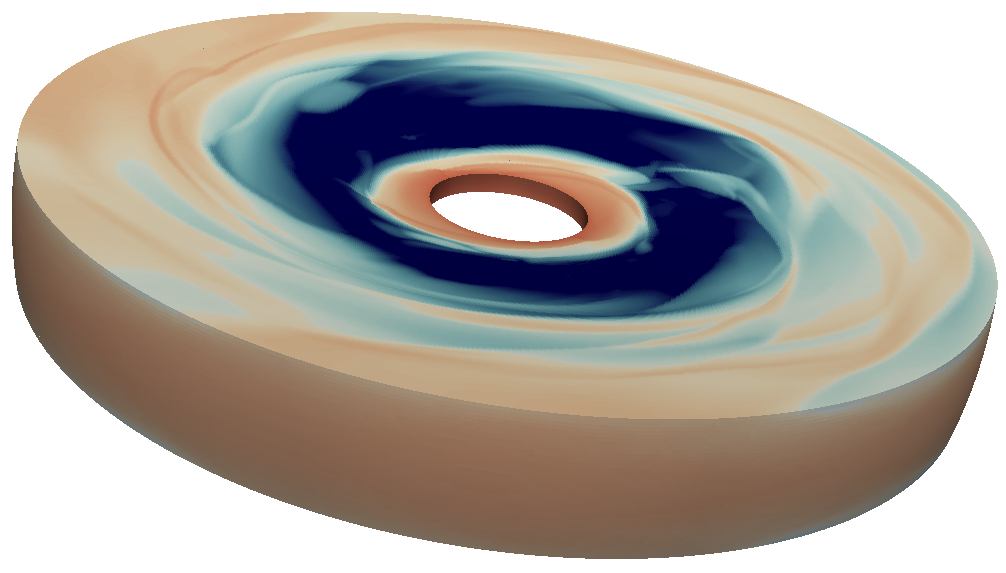
Disks around planets
Disks rich in gas and solid particles are developing around massive nascent planets. These disks called circumplanetary disks, where the moons will assemble. These disks have multiple functions. They influence the accretion process of the planet, therefore determining the planet formation timescale as well as affecting the composition of the planet. They are obscuring the planet during the formation process, therefore we need to understand their properties to detect forming planets. Moreover, since this disk material will turn into moons, the circumplanetary disk lifetime and composition will determine the moon-formation timescale and the make-up of the moons. We develop and run high-resolution 3D hydrodynamical simulations to understand the properties and processes in circumplanetary disks.

Black hole disks
Often there are gaseous disks surrounding stellar- and supermassive black holes. These disks are so-called accretion disks, channeling material to the black hole. We study their characteristics, the accretion process (e.g. the feeding timescale) via high resolution hydrodynamical simulations on supercomputers.
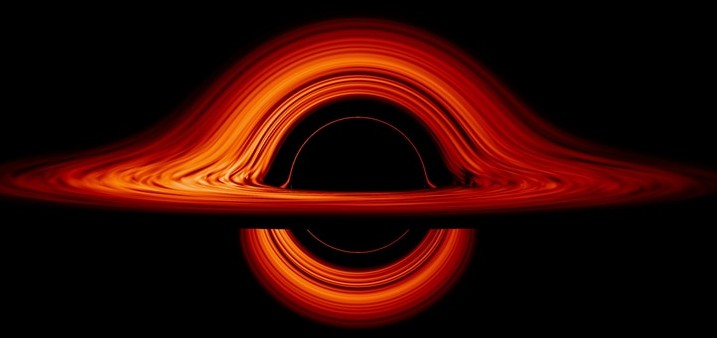
Supermassive Black hole mergers
There are supermassive black holes in the center of galaxies. When galaxies merge (which happens multiple times with each galaxy) their supermassive black holes quickly get close to each other surrounded by a gaseous disk. These two black holes will make up a binary black hole, where each black hole will be surrounded by their own mini-disk, while the two black holes together will be surrounded by a circumbinary disk. It is still a question whether such supermassive black hole binaries are ever merge and on what timescale. We study these systems with hydrodynamical simulations to understand the orbital evolution of the supermassive black hole binary, as well as the accretion (i.e. feeding) rate.

Observational Predictions
We believe that theory (simulations) and observational data from telescopes together can only answer to astrophysical questions. On one hand real data helps constrain our models, and provide initial & boundary conditions. On the other hand, our simulations can be used to give predictions for observations, e.g. by creating mock images that a telescope would observe or provide spectra/spectral energy distributions. These predictions then can be used for observational planning as well as for interpreting real telescope data. We use various methods to create these predictions from our simulations, e.g. radiative transfer tools, chemistry codes.
